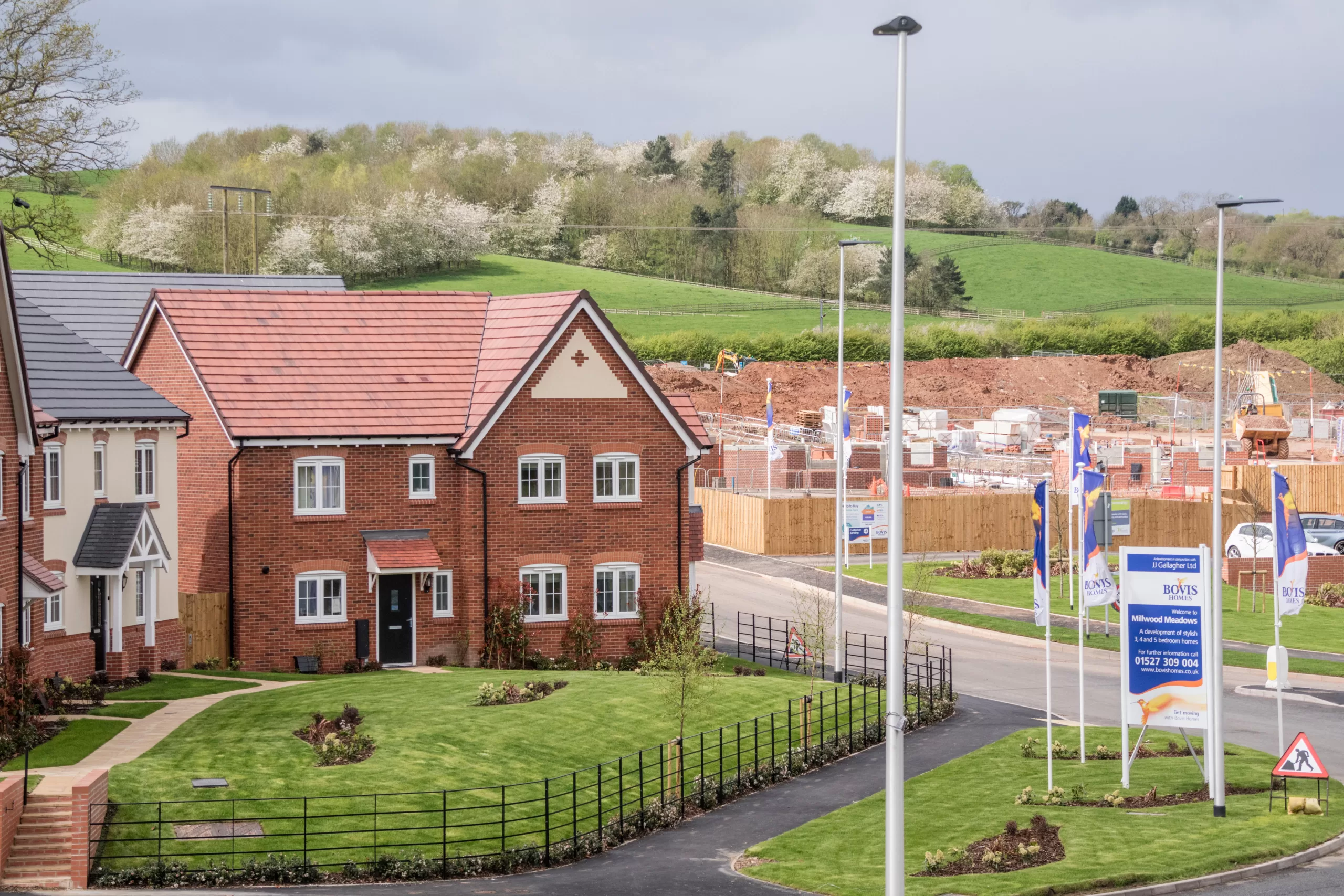Those getting onto the property ladder will be able to avoid the tax on all digs bought for under £425,000, the Telegraph reported.
The change is expected to make it easier for 200,000 new households to get a place every year.
Stamp duty land tax (SDLT) is a lump sum payment anyone buying a house over a certain price has to pay.
Their plan to cut the tax comes ahead of the July 4 vote, with the PM also understood to have decided not to cut inheritance tax.
Sunak is making a play for young voters and building his bona fides on his pledge to cut taxes.
The PM has also vowed to end the “war on drivers” by reversing the expansion of the Ulez daily car charge in London.
The full manifesto will be launched next week and there is still time for policies to change.
The stamp duty cut is not the first time the Tories have targeted it.
Sunak’s policy makes permanent something which Liz Truss and Kwasi Kwarteng introduced temporarily in their disastrous mini-budget.
They raised the threshold property price for first-time buyers to avoid the tax from £300,000 to £425,000.
But that help was due to end in March 2025.
First time buyers buying a home above £625,000 pay the full figure – 12 per cent, those buying between that and £425,000 pay five per cent.
Current stamp duty rates rates for non-first-time buyers are zero per cent up to £250,000, five per cent on the next £675,000, 10 per cent on the next £575,000, and 12 per cent on anything above £1.5 million.
Previous Treasury estimates have cost the policy at £1billion and experts say that 94 per cent of first-time buyers pay £425,000 or less.
Chancellor Jeremy Hunt had previously thrown down the gauntlet to shadow chancellor Rachel Reeves to pledge to not raise stamp duty.
The PM stressed at the first debate that a £38.5billion black hole in Labour’s spending plans would force them to raise taxes somewhere.
What is stamp duty?
STAMP duty land tax (SDLT) is a lump sum payment anyone buying a property or piece of land over a certain price has to pay.
You pay the tax when you:
- Buy a freehold property
- Buy a new or existing leasehold
- Buy a property through a shared ownership scheme
- Land is transferred to you or property in exchange for payment, for example, you take on a mortgage or buy a share in a house
The rate you pay depends on the price and type of property and certain thresholds:
The current thresholds are:
- £250,000 for residential properties
- £425,000 for first-time buyers buying a residential property worth £625,000 or less
- £150,000 for non-residential land and properties
The rate of SDLT you’ll have to pay is different depending on whether it is residential, a second home or buy-to-let, or whether you’re a first-time buyer.



